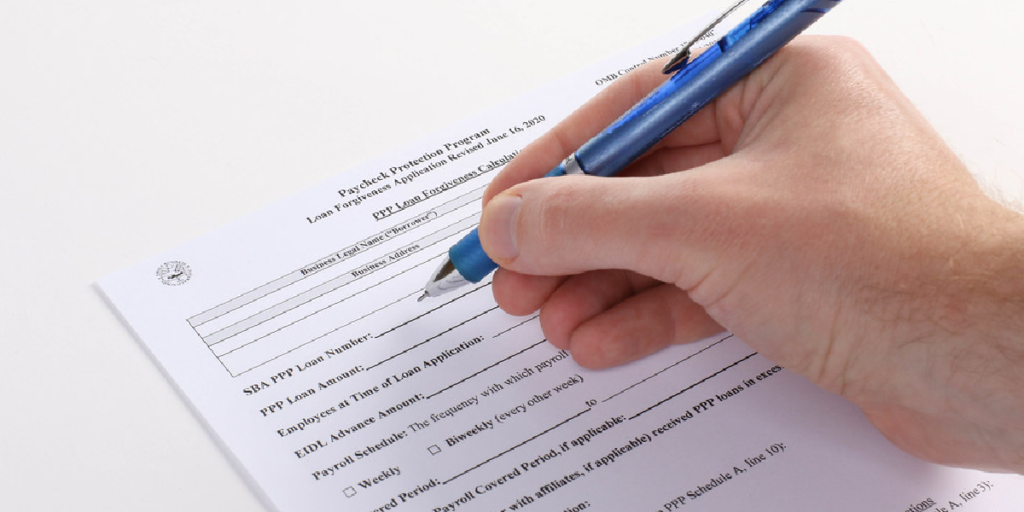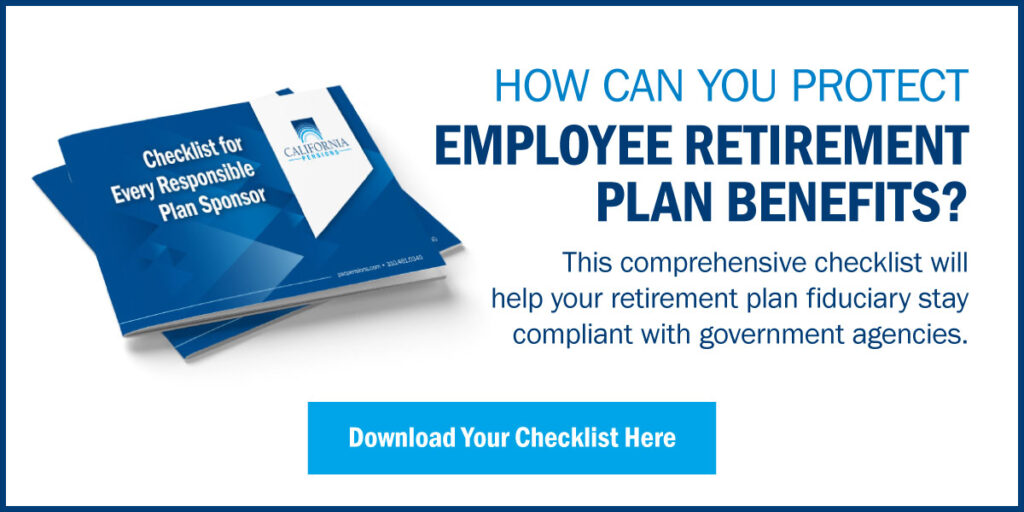As part of the Economic Aid to Hard-Hit Small Businesses, Nonprofits and Venues Act, a $325 billion title has been assigned to the Paycheck Protection Program or PPP. The PPP loan program’s purpose is to assist businesses with hardships surrounding the coronavirus including payroll, rent, mortgage interest, and utilities. So now that we understand the purpose of the payment protection program, let’s dive into qualifications, coverage, and how it can benefit your organization.
What is a Cash Balance Plan? Check out our Guide
What is the Economic Aid Act?
At the end of 2020, the second round of PPP loans under the Economic Aid Act was established. As required by the legislation, the SBA Administrator established additional guidance and details on what the second round of PPP entails. During the second round, $284.5 billion in loans will be available taking into account for the bulk of the $325 billion in small business aid.
Who Qualifies for PPP?
If you’re looking for applying for a PPP loan, you first need to confirm whether you meet the requirements for the second round. The requirements for each draw are dependent on whether or not you’re looking for your first or second loan.
- To qualify for your first PPP loan you need to meet the following:
- Your business began operating before February 15, 2020
- Your business is still open and operating
- You do not employ more than 500 people
- If you have multiple locations, you cannot have more than 500 employees per location.
- If you have already received your first PPP loan, you are eligible to apply for a second if you meet the following:
- You have used up the entirety of your first PPP loan
- Your business began operating before February 15, 2020
- Your business is still open and operating.
- You do not employ more than 300 people
- If you have multiple locations, you cannot have more than 300 employees per location
- Your gross revenue has decreased by 25% or more. This can be determined by comparing the annual gross revenue that you reported on your tax return in 2020 to gross revenue earned in 2019.
The second round of PPP loans will also provide additional funding for businesses that were left out of the first round including women-owned and minority businesses, 501(c)(6) nonprofits, news outlets, housing cooperatives and small agricultural cooperatives.

Who does not Qualify for PPP?
Businesses in the following industries are ineligible to apply for a PPP loan:
- Banks and investment companies
- Multi-level marketers
- Political and policy lobbyists
- Businesses who promote religion
- Landlords or other businesses that do not manage their own operations
- Household employers such as nannies and housekeepers
- Gambling businesses
Coverage
A PPP loan is set at 2.5 times an employer’s average monthly payroll cost in 2019 or 2020 with no loan fees. The loans are primarily intended to cover payroll costs, employee benefits, rent, mortgage interest, and utilities. Under PPP, the payroll costs that can be covered include salary, payment for vacation, parental, family, medical or sick leave, separation allowance, group health care benefits and insurance premiums, retirement benefits as well as state and local taxes based on the employee’s compensation. The PPP loan will not cover salaries totaling more than $100k, income, payroll or railroad retirement tax, compensation for employees based out of the U.S., and sick leave or FMLA leave.
Retirement Plans
Since the coverage has expanded to include retirement benefits, companies can continue to provide financial security to their employees. Under PPP, retirement plan expenses that can be covered include employer matching contributions and employer profit contributions. However, the amount is capped at $100k per employee and $15,385 for sole-proprietors or owner-employees. The PPP guidelines also do not allow employee salary deferrals both pre-tax and Roth as well as after-tax contributions as part of the retirement plan coverage.
When it comes to the Payment Protection Program (PPP) loan, employers have the ability to optimize the amount and use the loan for covering expenses to keep their business afloat. If you have additional questions about the PPP loan or want to confirm your eligibility, contact us today. Our team at California Pensions is happy to help.





